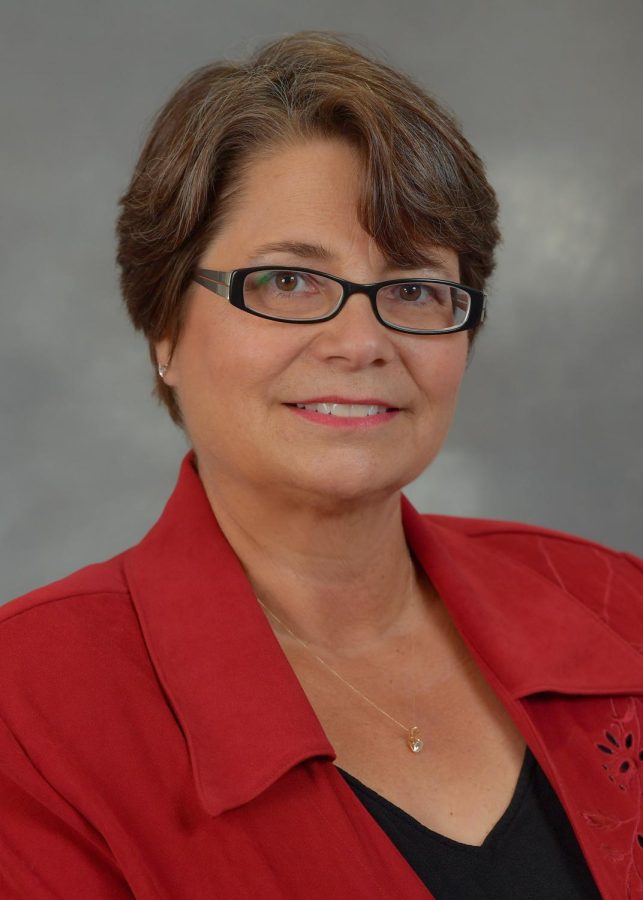Hyperloop: The Future of Travel
April 10, 2020
Imagine a world where you live in Cleveland and work every day at your office in Chicago. Hard to believe, but the Hyperloop Consortium that Kent State joined strives to make this the new method of travel.
Kent State
“It is a consortium of approximately 80 entities of universities as well as state entities and industries,” said Dr. Christina Bloebaum, the dean of the College of Aeronautics and Engineering. “This group has gotten together to evaluate the effectiveness and feasibility of having Hyperloop technology run a route from Chicago through Cleveland to Pittsburgh.”
Where do Kent State students fit into this construction of a Hyperloop system? Bloebaum alludes to geology majors potentially helping in some way.
“They’re looking for people who have expertise in tunneling, so if there’s expertise on this campus or elsewhere with someone in geology who understands tunneling and the impact and they’re working with students, then those students might actually have an opportunity to work on a research project associated with it,” Bloebaum said.
The movement of Hyperloop technology is based off of magnetic forces, making it much cleaner than transportation that uses fossil fuels.
“Imagine a tube that’s sort of like an airplane … a small airplane that would have a capsule inside that people would be shooting through this tube at extremely high rates,” Bloebaum said.
The Hyperloop sounds like a great idea on the surface, but you might ask yourself: “Why this region and not New York City?”
“You have multiple interstates intersecting right in the Cleveland area,” said Bloebaum. “[Interstates] 80 and 90 intersect in Cleveland and also Chicago so that’s really powerful; it means that you have ways for people in this entire region to easily get to those points, to then move back and forth.”
With the Hyperloop system in place, one could live in Cleveland and work in Chicago or vice versa. The system would also provide a boost to the city’s economies.
“It would really connect those cities in a way that would allow for more economic partnerships,” Bloebaum said.
NOACA
The Northeast Ohio Areawide Coordinating Agency (NOACA) acts as the transportation and environmental planning agency that represents state, county, city, village and township officials in Greater Cleveland.
NOACA addresses the transportation, air quality, and water quality needs of Cuyahoga, Geauga, Lake, Lorain and Medina counties. The agency and its partners work together to develop and implement plans to ensure that travel throughout the region is safe, cost-effective and environmentally sound.
NOACA is responsible for the feasibility study and Environmental Impact Statement, which are both required by the U.S. Department of Transportation before production goes forward, according to Danielle Render, director of External Engagement and Public Affairs.
The feasibility study cost $1.3 million and was funded by the Cleveland Foundation, The Richard King Mellon Foundation, Ohio Department of Transportation, The Ohio Turnpike and Infrastructure Commission, NOACA and Hyperloop Transportation Technologies. HTT contributed 50 percent of the study and the remaining funders contributed the other half.
“The USDOT will have to issue a FONSI or Findings of No Significant Impact before any development occurs,” said Render, “Currently, there are no regulatory guidance for Hyperloop in the United States.”
HTT has built a testing track in Toulouse, France, where the results and success of this prototype will be duplicated in the Cleveland/corridor if the system and pod is proven successful and all environmental and regulatory requirements have been met.
Render said the EIS is pending approval and takes about three years to complete, making the timeline for a Chicago to Cleveland to Pittsburgh in the five to seven-year range.
Aviation Effects
Senior aeronautics major Evan Gilmore sees the Hyperloop having an effect on the aviation system.
“If people can travel from Cleveland to Chicago in less than 40 minutes using the Hyperloop, they’re going to choose the quicker way to travel,” Gilmore said.
While the Hyperloop can travel quicker than an airplane, the cost of a ticket remains to be seen.
“We’ll have to wait and see how much it costs and how it compares to flying, but on the surface, it definitely worries me about the aviation industry,” Gilmore said.
Michael Gray, now the division vice president at Dollar General, previously travelled to Chicago to work during the week while still living in the Akron area at his previous job.
“A system like this Hyperloop one would be huge,” said Gray, “I would’ve been able to make that trip every day and not had to lease an apartment to live in during the week in Chicago.”
Dylan Bowers covers Tech. Contact him at [email protected].

























